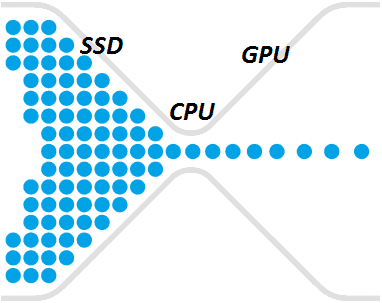How To Fix CPU Bottleneck (Detailed Guide)

Bottleneck, as the name itself suggests, is an issue that occurs when there is a limitation on the amount of data is being sent for processing or how much data can be allowed to process simultaneously.
In layman’s terms, bottleneck basically just means that the capacity to revert back processed data is not enough as compared to the amount of data that is being sent for processing.
The two components that are involved in the process of bottlenecking are the CPU (processor) and the GPU (graphics card). It works like this: if both these components have major differences in their processing speed, a bottleneck will happen.
